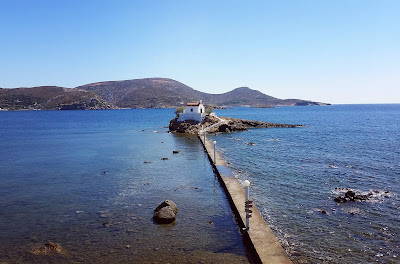Janae, Jenessa and I became great friends, and began tuesday night dinners at Jenessa and her awesome husband Darryl's flat - this became a tradition for the rest of the year. Often we went for a cuisine theme, for example Greek night, with homemade pita!

This became a highlight of our week, knowing we would cook epic food, drink wine and watch movies together at least once a week! Homemade pizza, pho, we made all sorts of things!
It was during these tuesday sessions we also discovered our mutual love of ABBA music. For the first time in ages, I had a solid community and place of abode, and it was awesome.

We attended an excellent beer festival with thousands of beers from all over the world! How to choose...There were even New Zealand beers I had never even heard of! You purchased beer tokens and then were able to use them as you wished, to try lots of quarter glasses, or a couple of pints. I opted for the former, to try as many as I could!
And of course my birthday! This was exciting, as I finally wasn't in Europe alone for it. I invited my new friends plus Joy to a girls getaway to a cottage in the Peak District, and we picnicked on the floor and had a grand old time.
Halloween was another excellent event, and I had a go at pumpkin carving! We also watched the dated but brilliant Halloween movie Hocus Pocus, which I had never seen - I was missing out, it was hilarious! One guess as to which pumpkin I carved...
Staying late in the lab after class some nights, Janae and I would often find ourselves at the Beehive, a local pub which just happened to be close to university and on my walk home...the perfect place to relax after some hard studying.
I also took a day trip trip to York in October, using the (not so) trusty trains to get there and back. I tried to make the most of my weekends (when I wasn't studying) by going on little day trip adventures whenever possible. York was ridiculously picturesque.
You can still walk the city's medieval walls, which are the most complete defences in England (I therefore assume this must be Yannick's favorite city in England. So many wall-walking possibilities!) The interesting thing is these walls are part Roman, part medieval and part 19th century reconstructions.
However the coolest thing about York? The narrow passage ways leading to the Shambles, a fully medieval street. Those passageways are called Snickelways! I am not even making this up, though they have only been known as such since the 1980s, so it's more an adorable word than anything else.

The name York (Jorvik in old norse) replaced the original Roman name Eboracum, which meant something to do with Yew trees (though the exact wording is debated) when the Vikings invaded in the 9th century. One of their leaders was called Ivar the Boneless which I thought was an amazing name, through probably not very complimentary.
On a side note about Viking names, here is a fun fact: Ever thought about the runic looking B you have on your phone for bluetooth? Apparently It's named after King Harald Bluetooth who united Denmark and Norway! Why? I have absolutely no idea, but it's some fun etymology. Anyway, the name Jorvik slowly changed over time, becoming York in the 13th century - though not before it was known as Yerk for a time first (heh).


























































